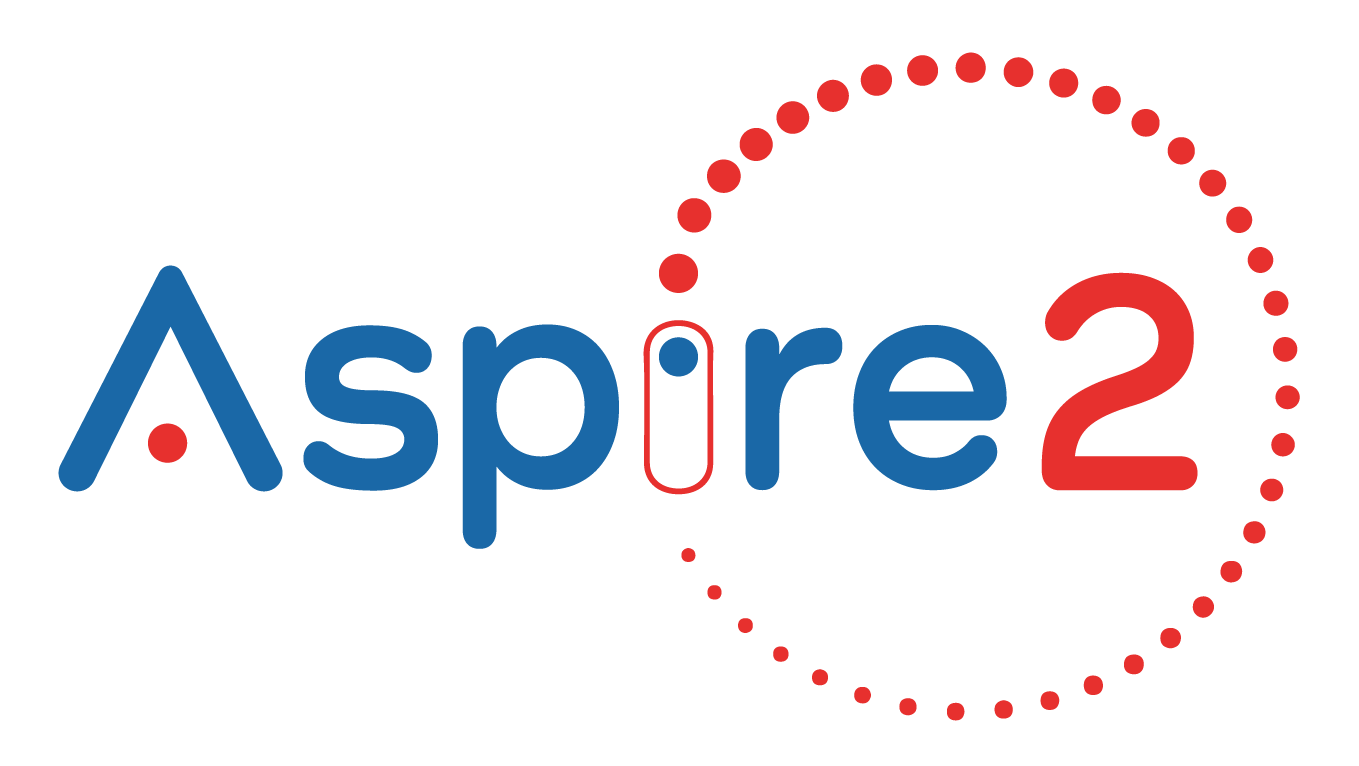
Is Your Succession Strategy on Track?
Using the Gift of Time to Lead Well…
In a school, when a senior leader gives early notice—whether it’s a planned retirement, relocation, or just the right time to move on—it’s a rare gift. Not every school gets that kind of lead time. But what happens next determines whether that gift is used well… or lost to delay.
Too often, planning starts later than it should. And even with the best intentions, time slips. Conversations get parked. The focus shifts to urgent tasks. Then suddenly, what felt like “plenty of time” becomes a mad dash to advertise and appoint.
Let’s be honest—that’s not succession planning. That’s just back-filling.
It’s Not Just About Replacing a Role
This kind of transition is your opportunity to:
- Reassess what the school really needs next
- Understand how the change affects your whole leadership team
- Think long-term—not just who leads, but how they’ll lead
But before any of that, there’s something even more important: getting a pulse check on your team. Where is everyone at? Who’s thriving? Who’s stretched? What’s missing?
Global Practice Tells Us: Plan Earlier Than You Think
In places like the US and Canada, high-performing schools and systems are planning 18–24 months out for known transitions. They start with internal reviews, talent mapping, and future-focused role design—long before they start writing ads.
Even here in Australia, trends show the impact of staff churn post-leadership changes. When you don’t invest in preparation, the ripple effects are real.
What I’ve Seen Work Well When There’s Time
When a school has advance notice of a leadership change—whether it’s 12, 18 or even 24 months away—the most successful transitions I’ve seen follow a steady, thoughtful rhythm.
It often begins well over a year out with internal reflection and forward planning, then shifts into shaping the role and engaging the right people. Recruitment typically kicks off somewhere between 8 and up to 18 months before the change, giving enough time for a supported transition and structured handover. Of course, every context is different—but the common thread is clarity.
It’s not about rigid steps. It’s about making use of the lead time—so decisions are thoughtful, teams feel prepared, and the next chapter starts with purpose, not pressure.
To read the full story, visit LinkedIn.

Tara Staritski
CEO & Founder



